
Beneath Arizona’s blistering sun lies Castle Dome City, a former mining settlement with more stories than buildings. Its dusty streets and scattered cabins echo with forgotten tales of fortune, danger, and resilience. These 10 surprising facts tell a much deeper tale than the town’s abandoned ruins might suggest.
Predates Yuma
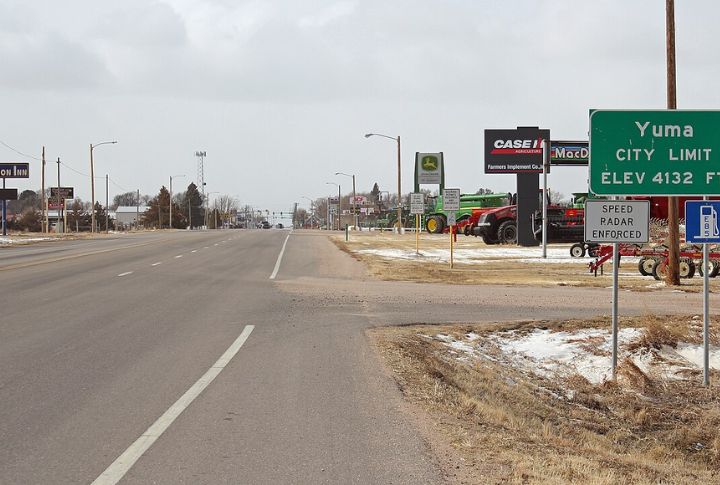
Castle Dome City existed before the city of Yuma was even established. By the 1860s, the area was already a hive of mining activity. Miners swarmed in search of silver, lead, and later, zinc. This gave it one of the earliest post offices in Arizona Territory, operational as early as 1875.
Over 300 Mines Once Operated There
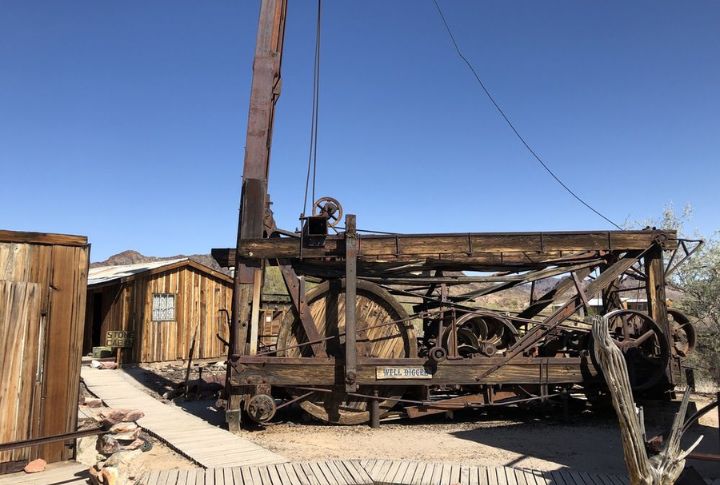
Far from a single-shaft operation, the Castle Dome Mining District had more than 300 active mines. These mines produced significant amounts of silver and lead during the late 19th century. The Castle Dome Mine alone yielded millions of dollars in ore. Some shafts reached depths of over 700 feet beneath the desert floor.
Reused During WW II
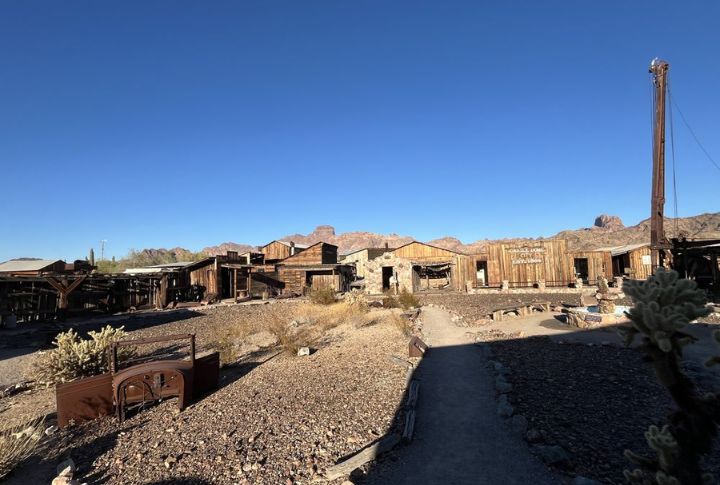
After a decline in the early 20th century, Castle Dome’s value returned during World War II. The demand for lead, needed for ammunition, revived mining operations. The U.S. government also funded renewed extractions to support the war effort. At its peak, wartime production topped 10,000 tons of ore annually.
No Traditional Main Street
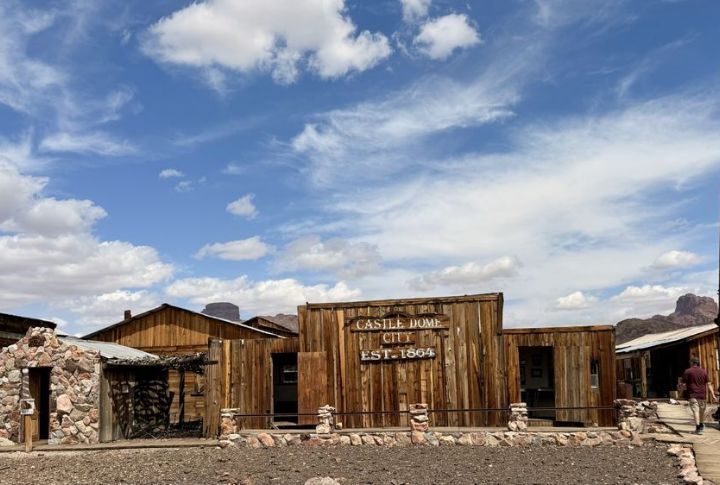
Unlike most frontier settlements, Castle Dome City lacked a formal main street layout. Instead, cabins and shops were scattered irregularly around the mining area. This organic arrangement reflected the transient nature of its population. One surviving structure, the “Sheepherder’s Cabin,” still shows this unplanned sprawl in its setting.
Cemetery Tells Haunting Stories
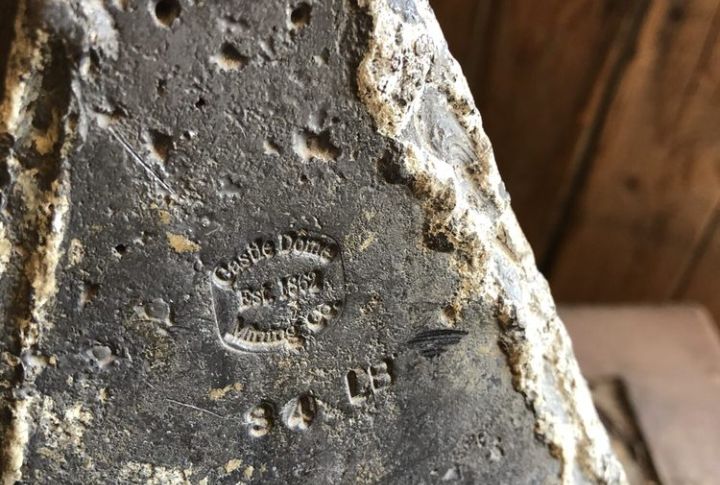
The old miners’ cemetery near Castle Dome City is both eerie and revealing. Many graves are unmarked, while others show short life spans and abrupt deaths. Some headstones list causes like “mine collapse” or “shot in dispute.” The grave of a six-month-old baby, marked only by rocks, draws particular attention from visitors.
The Area Was Rich In Zinc, Not Just Silver
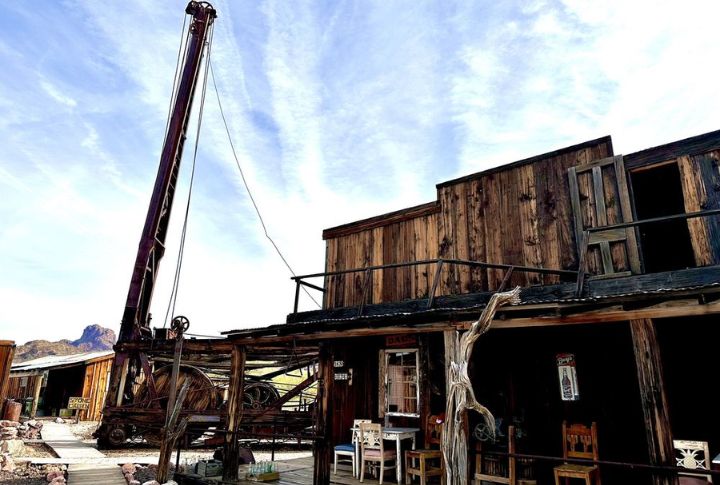
While silver drew early miners to Castle Dome, zinc eventually became the region’s most valuable resource. By the early 20th century, zinc production surged as industrial demand grew. The Hull Mine, in particular, became a major zinc supplier. Between 1906 and 1945, it produced over 100,000 tons of zinc-rich ore.
One Of Arizona’s Best-Preserved Ghost Towns
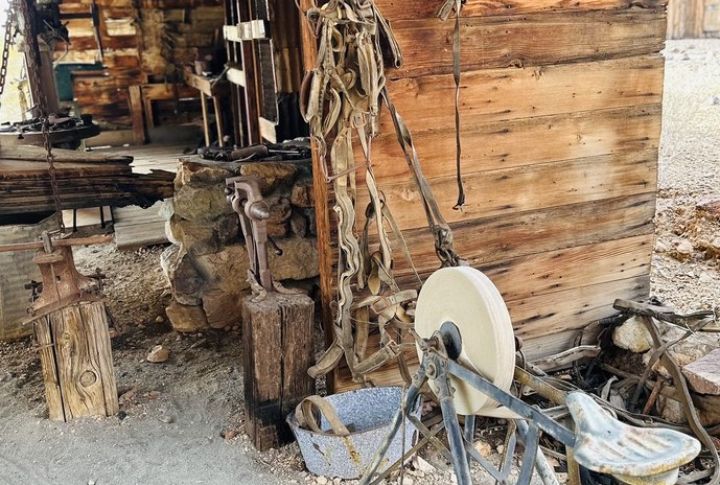
While many ghost towns are little more than rubble, Castle Dome has over 50 restored or original buildings. The Castle Dome Mines Museum has painstakingly recreated the look and feel of the 1800s. Visitors can walk through blacksmith shops, saloons, and even a jail. The structures span 2 square miles of preserved history.
Hollywood Once Came Calling
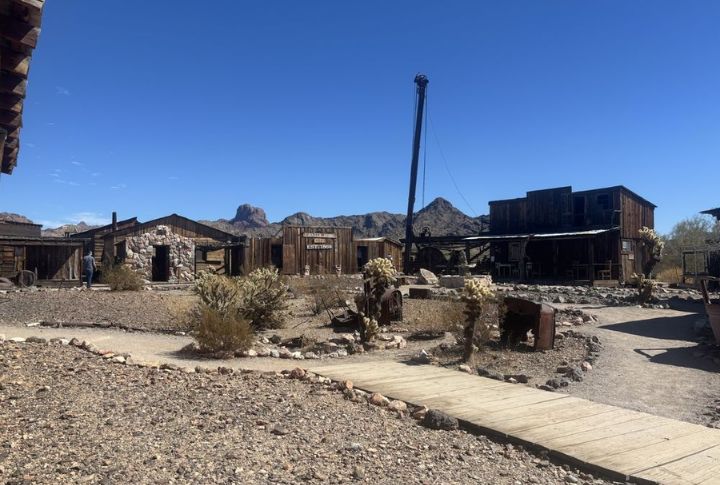
In the 1990s, the ghost town was a filming location for several independent and documentary-style productions. Its untouched, historically accurate setting offered filmmakers a ready-made Old West backdrop. Furthermore, the preserved interiors provided authentic visuals without the need for expensive set construction. One shoot even featured restored wagons from the 1880s.
Fluorescent Minerals In Mines
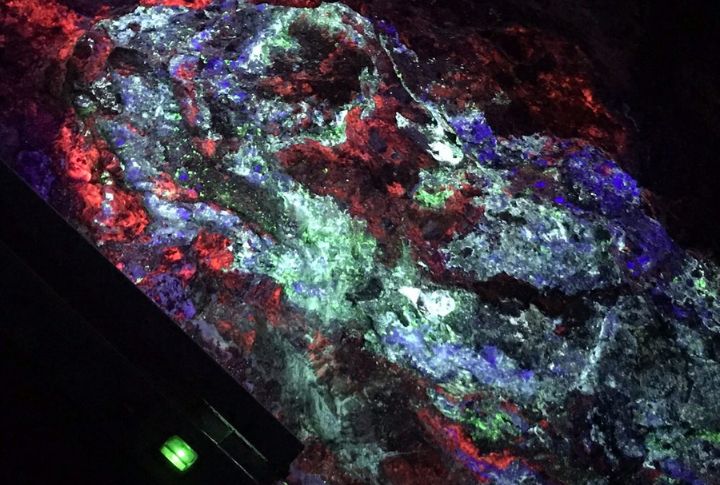
Inside the Hull Mine, located in the Castle Dome district, ultraviolet lights reveal brilliant fluorescent minerals. These glowing rocks include smithsonite and willemite, creating surreal scenes underground. Some specimens even glow bright green or red under blacklight. It’s one of the few places in the U.S. offering UV mine tours.
Name Comes From A Nearby Mountain

Castle Dome City takes its name from Castle Dome Peak, a rugged, volcanic-looking mountain visible for miles. Early travelers used it as a navigational landmark in the desert. The mountain rises to 3,776 feet and remains a favorite spot for hikers. Its silhouette resembles a medieval fortress, inspiring the name.

